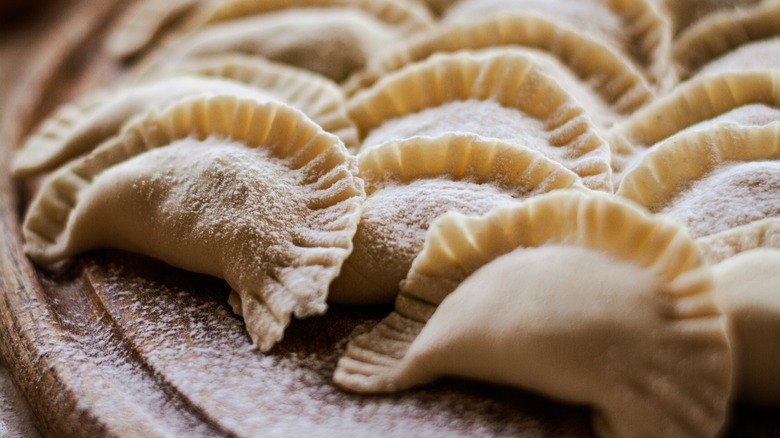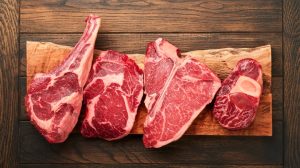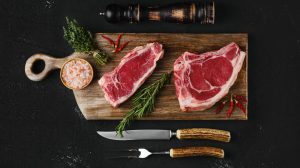Sometimes the simplest culinary tasks are the most complicated to execute. Consider steak: All you need to do is grill both sides until you’ve reached your preferred doneness. Yet, a tender and juicy filet can easily turn tough and leathery. Perhaps it’s because you’re working with a leaner cut or maybe you’ve cooked it over too-high temperatures, overestimating how long it would take to grill. No matter what curveball you’ve been thrown, overcooked — or worse yet, burnt — steaks can still be salvaged.
As meat cooks, muscle fibers contract, causing the steak to firm up. Thankfully, marbling can help lubricate and tenderize the filet as fat is rendered. However, the issue with cooking for an extended period of time is that eventually steak will become void of moisture, be it juices or fat. As hopeless a situation as it may seem, overcooked steak can actually be saved by reintroducing moisture. Just bear in mind that the steak can no longer be enjoyed as a hot-off-the-grill filet.
Depending on the degree of (over)doneness, there are various ways to go about adding moisture. Drizzling a sauce (chimichurri, bearnaise, jus) or allowing the meat to sit in a marinade might do enough to disguise a slightly overcooked filet, but gray and bone-dry steak needs a stronger intervention. In this case, it’s best to simmer steak in broth and let time work its magic. Then, and only then, can it be repurposed into a flavorful ingredient, say for a tasty pie, casserole, or dumpling filling.
Using repurposed steak as a filling is a game changer

Slow-cooking overcooked steak in liquid incorporates juice back into the meat as it softens its texture without much effort. Likewise, using a savory liquid such as broth or water mixed with some kind of zesty condiment like barbecue sauce will allow another layer of flavor to be imparted, which can be helpful as taste may have also been compromised. Following a low and slow simmer, the only thing left to do is chop or shred the steak before working it into new recipes.
Foolproof as this process may be, you might want to consider taking a different approach in more extreme cases. For example, if meat has completely blackened and burnt, slow cooking might not be able to help. After cutting away the charred bits, we recommend adding chunks of steak into a food processor with some oil, and blitzing until a paste forms.
As for how to put revamped steak to use, it makes a great filling. Feature shredded meat as the main ingredient inside a baked casserole, cheesy quiche, or shepherd’s pie. Otherwise, add it to loaded chimichanga, stuffed peppers, or savory crêpes. You can even use the steak to make dumplings. While the shredded beef is a match for larger stuffed treats like empanadas or Chinese steamed buns, the blitzed beef is best worked into ravioli, gyoza, and pierogi. With endless means of transformation, you’ll never look at overcooked and burnt steaks with disappointment again.







